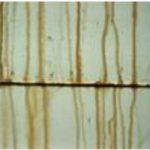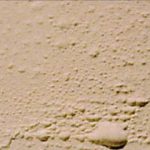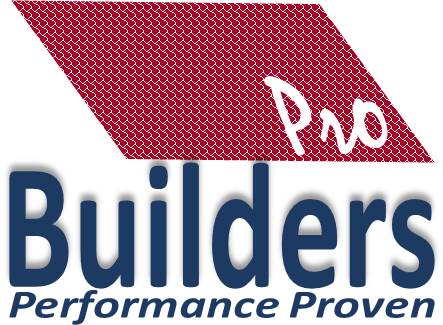Backer Rod
An extruded foam rod that is typically placed in joints that are deeper than 1/2″ (12.5 mm) to fill in some of the space before the sealant is applied. Foam backer rods come in a variety of diameters, ranging from 1/8″ (3 mm) to3/4/” (20 mm)
Binder
1. A component of paint that “binds” the pigment particles into a uniform, continuous paint film, and makes the paint adhere to the surface. The nature and amount of binder helps determine most of the paint’s performance properties – washability, toughness, adhesion, color retention, and durability.
2. In caulk, a component that “binds” the pigment particles into a homogeneous compound and makes the caulk adhere to the surface. The main performance properties of caulk – durability, adhesion, and flexibility at low temperatures – are determined by the binder.
Biocide
A biologically active paint and caulk additive designed to keep bacteria from spoiling the paint or caulk during storage; or to keep mildew from growing on the applied paint.
Bleaching
Loss of color, usually caused by exposure to sunlight.

 Bleeding
Bleeding
The migration of material from the substrate, causing discoloration of the paint.

 Blistering
Blistering
The formation of dome-shaped, hollow projections of paint.
Block Filler
A thick, paint-like material used to smooth out very rough masonry surfaces like cinder block. It is generally brush-applied, then painted.
Block Resistance
The capability of a coating to resist sticking to itself when used on two surfaces that come into contact with each other, e.g., door and jamb; window sash and sill.
Boxing
The mixing together of the different cans of like paint to be used on a job, to ensure uniformity, especially of color.
Breathe
To allow the passage of moisture vapor from the substrate through the paint film.
Build (or Film Build):
The thickness that a paint tends to be applied in, when using the normal application technique for that paint.
 Burnishing
Burnishing
The formation of shiny areas on a painted surface, as a result of rubbing or washing.

